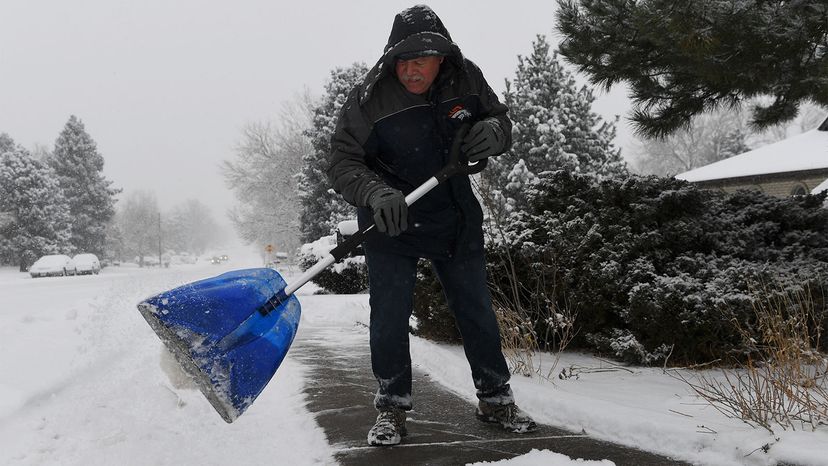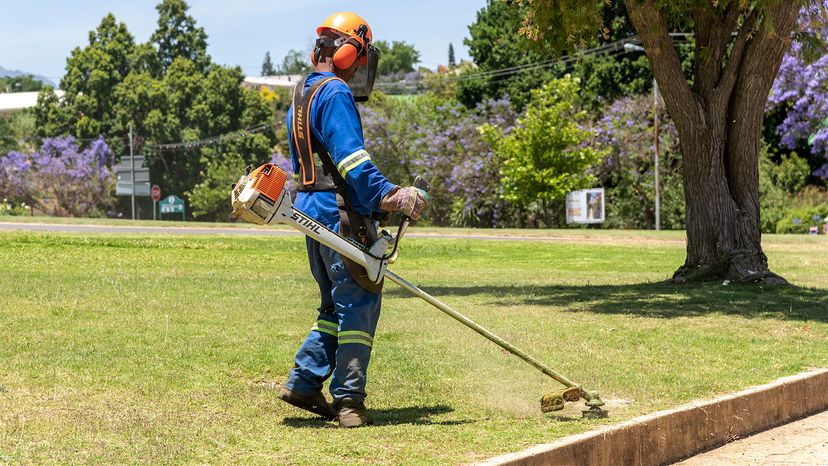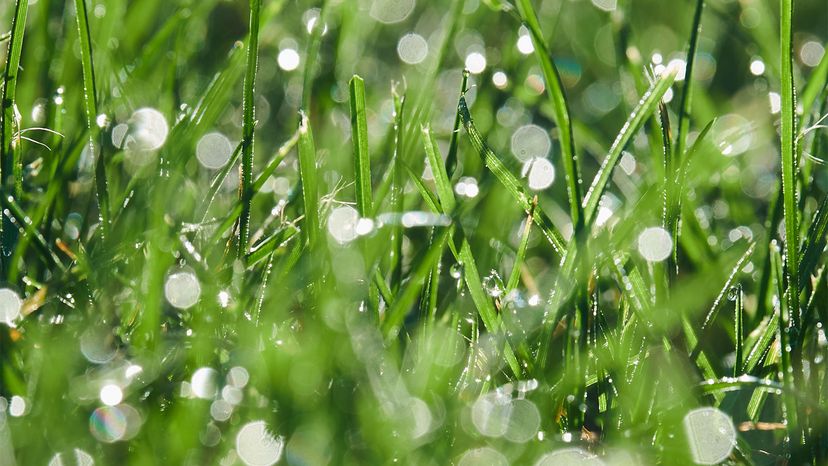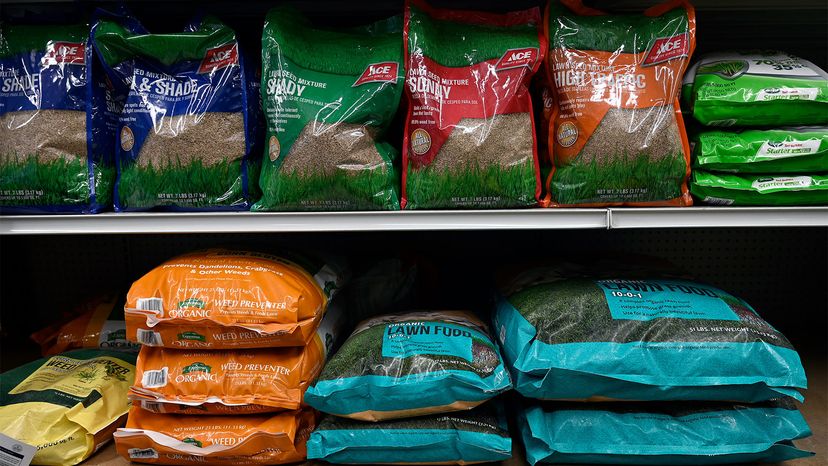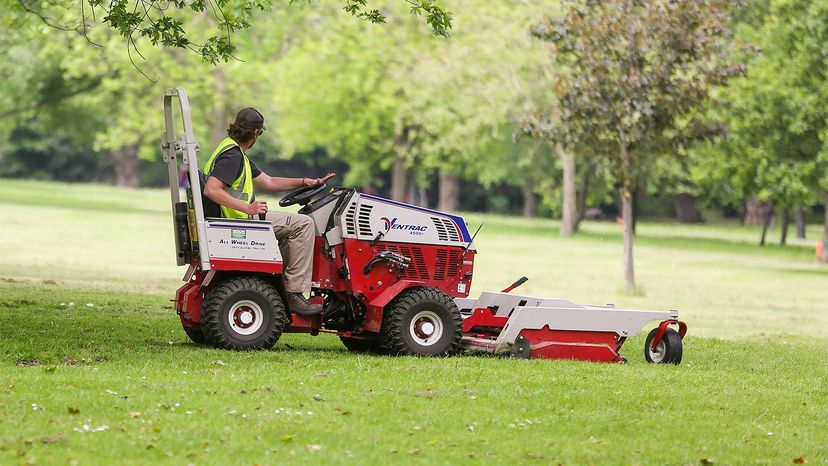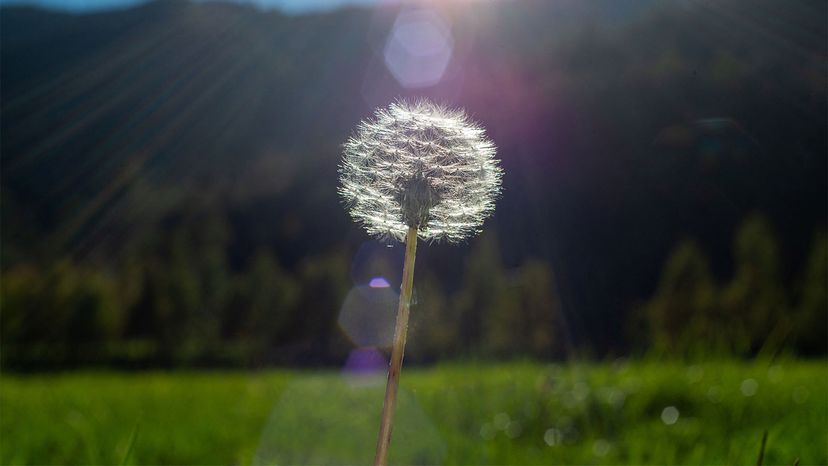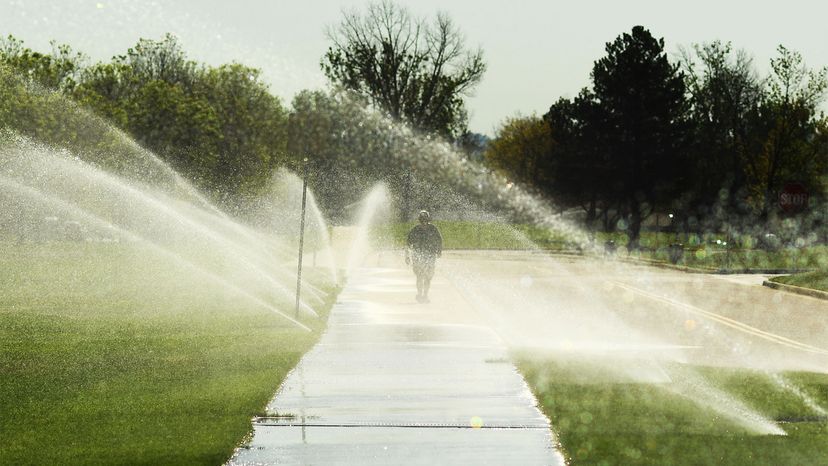
Key Takeaways
- Never use salt to melt ice on driveways or walkways near lawns, as it can lead to grass damage when the melted ice carries the salt onto the lawn.
- Avoid cutting grass too short, or "scalping," which can weaken grass by reducing its ability to photosynthesize and increasing vulnerability to pests and disease.
- Leave grass clippings on the lawn after mowing, as they can provide essential nutrients back to the soil. Clippings act as a natural fertilizer and help to retain moisture.
During a summer of discontent about 20 ago, I cut lawns to survive. Actually, that was the job of Gary, Rick and Tony. I was more the Wench of Weed Whacking, the Pope of Pulling poison ivy. Every morning at 5:30, I'd drag my aching bones out of bed, look out the window and pray for rain. Rain meant no work and more sleep. Rain also meant no money and thicker lawns. I couldn't win.
We never cut tiny postage-stamp lawns. Oh no, these were the lawns of the wealthy. You could smell the money and the fertilizer. On one particularly hot and steamy afternoon, we pulled up to an estate with a lawn the size of Rhode Island. Every week we came here. I turned to my good friend Tony and rather sullenly asked, "Do people really need lawns this big?" The lawn was gorgeous, green and lush. I vowed never, ever to have a lawn that size. I kept that promise — until last year.
Advertisement
My New England property was once studded with hemlocks, maples, ashes and something I call the "bean tree." Over the years and the storms, trees tumbled and branches fell like World War II buzz bombs. Now I have nearly 2 acres (0.8 hectares) of, um, lawn. I cut it myself with a tiny 24-inch (61-centimeter) mower (I'm not the brightest spark plug on the engine). Over the years, which included the heady days of working with Gary, Rick and Tony, I learned a few things you should never do to a lawn. Here are 10.
